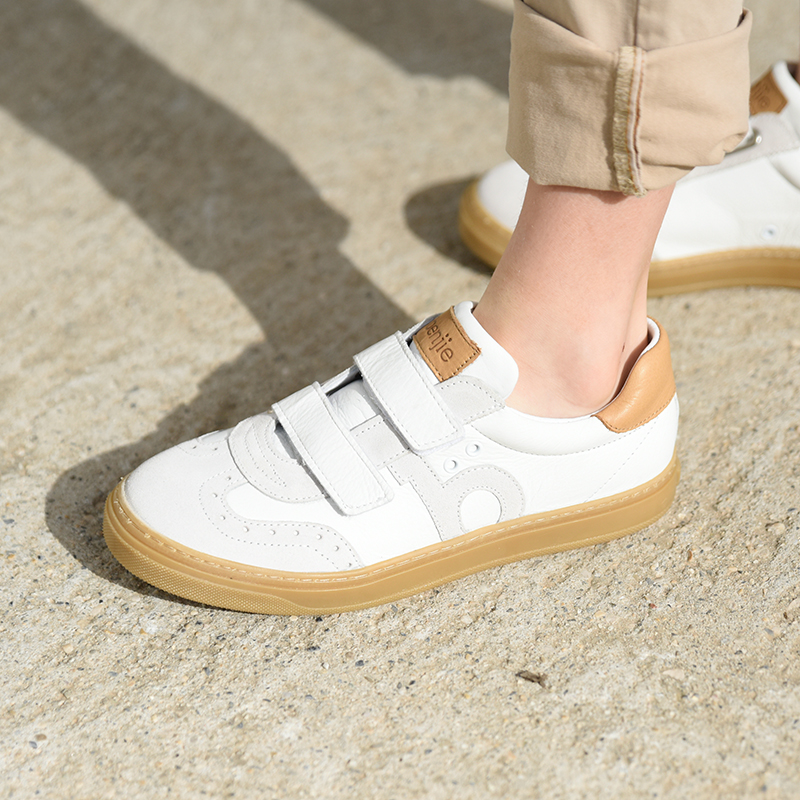
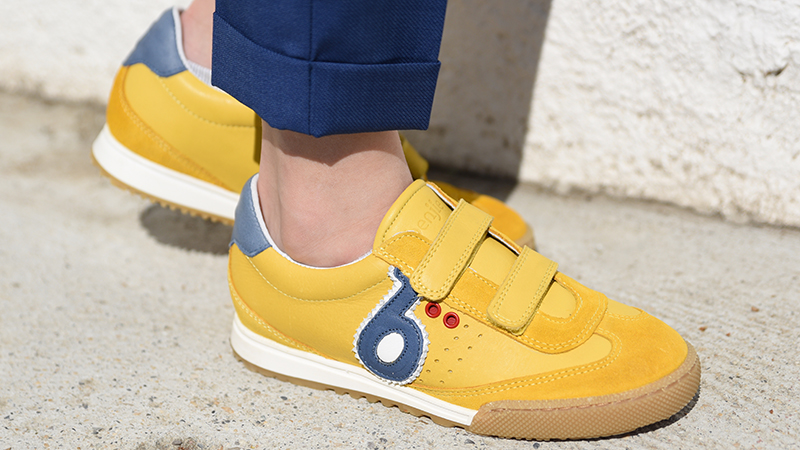
This has shaken us up... we have chosen to use leather since the beginning of the adventure.
Using leather always seemed obvious to us as a positive point for the brand. Leather has objective advantages that synthetic does not have: it is very water resistant, it is warm while being breathable and cool in summer. Like all natural materials, it absorbs moisture from perspiration. Finally, it is comfortable and above all resistant, which is particularly important for a children's shoe.
So, were we wrong? In reality, we have been asking ourselves questions since the beginning. And it is consciously that we have chosen the leather as well as the suppliers and the tanneries we work with.
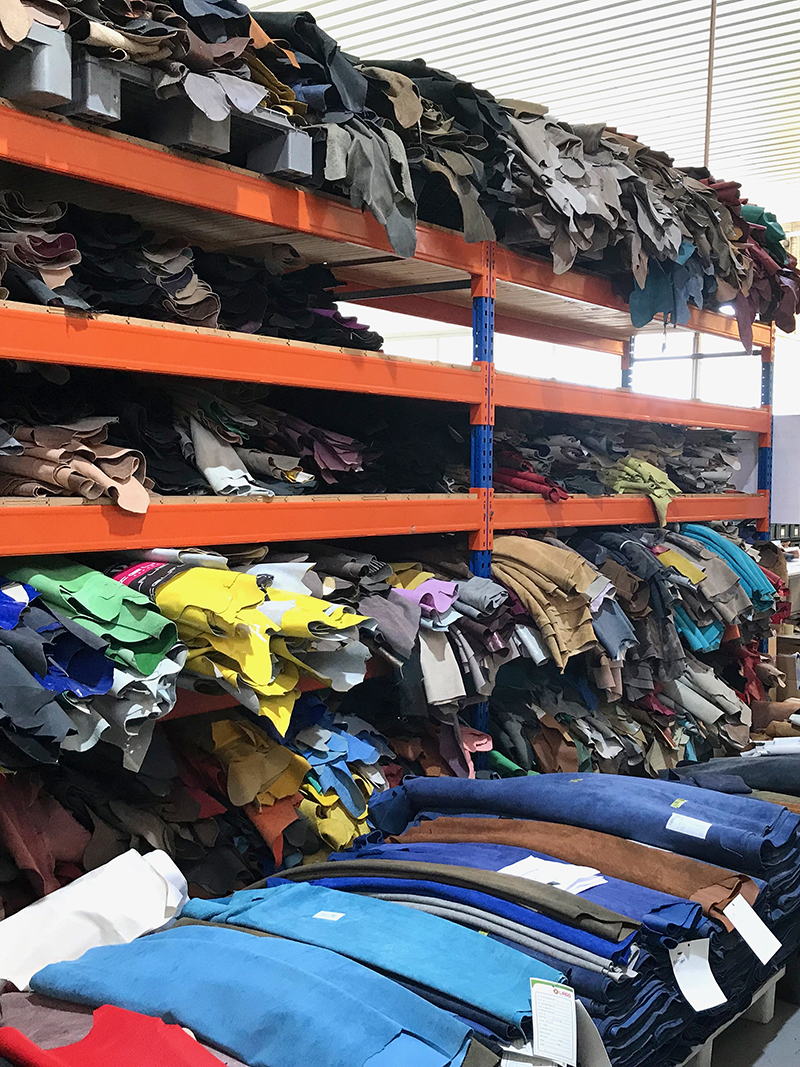
So we wanted to explain again our path and share the fruit of our research and experience in all honesty.
Here are the 3 themes on which we have worked the most and sought solutions:
- What are the consequences of using an animal-based resource?
- What is the ecological impact of leather?
- What are our alternatives?
What are the consequences of using a resource of animal origin?
The question of our relationship with other living beings
In order to "defend" our choice for leather, we often use a point we sincerely believe in: leather is the first invention of up-cycling! Indeed, it only reuses waste from the food industry. This is a real argument because livestock farming derives almost all of its income from milk and meat. The skin is only a valorization of its waste.

However, we must never forget that it is a living resource. So, no matter how small, leather is a way to profit from the animal resource, it is a fact. And there, the record is not glorious. Food marketing has only glorified the product resulting from animal processing for the last 50 years, without ever talking about the animals at the source and their treatment. Some scandals have brought to light the abuses of this industry.
Animal Ethics
So let's not deny it, yes, animal abuse exists. One thing is certain, intensive breeding is a source of animal misery. The example of the 19,000-cow farm in New Zealand is chilling. The countries that intensively practice this type of breeding are the United States, Brazil, India and Argentina. The majority of the industry's leather comes from these countries. In Europe, the phenomenon has also progressed but remains more limited. The European Union is even currently considering curbing aid to intensive structures. The organic model is also in full development here. It is therefore necessary to favor the smaller farms that take much better care of their animals and that are historically found in the European heritage model. Our challenge is to know the origin of the animal that provided the leather to the tannery... Honestly, today, it is complicated. Indeed, the origin of the country is known to us but very rarely the details of the type of exploitation which provided the skin. This is our major axis of discussion and our objective of progress with our tanneries.
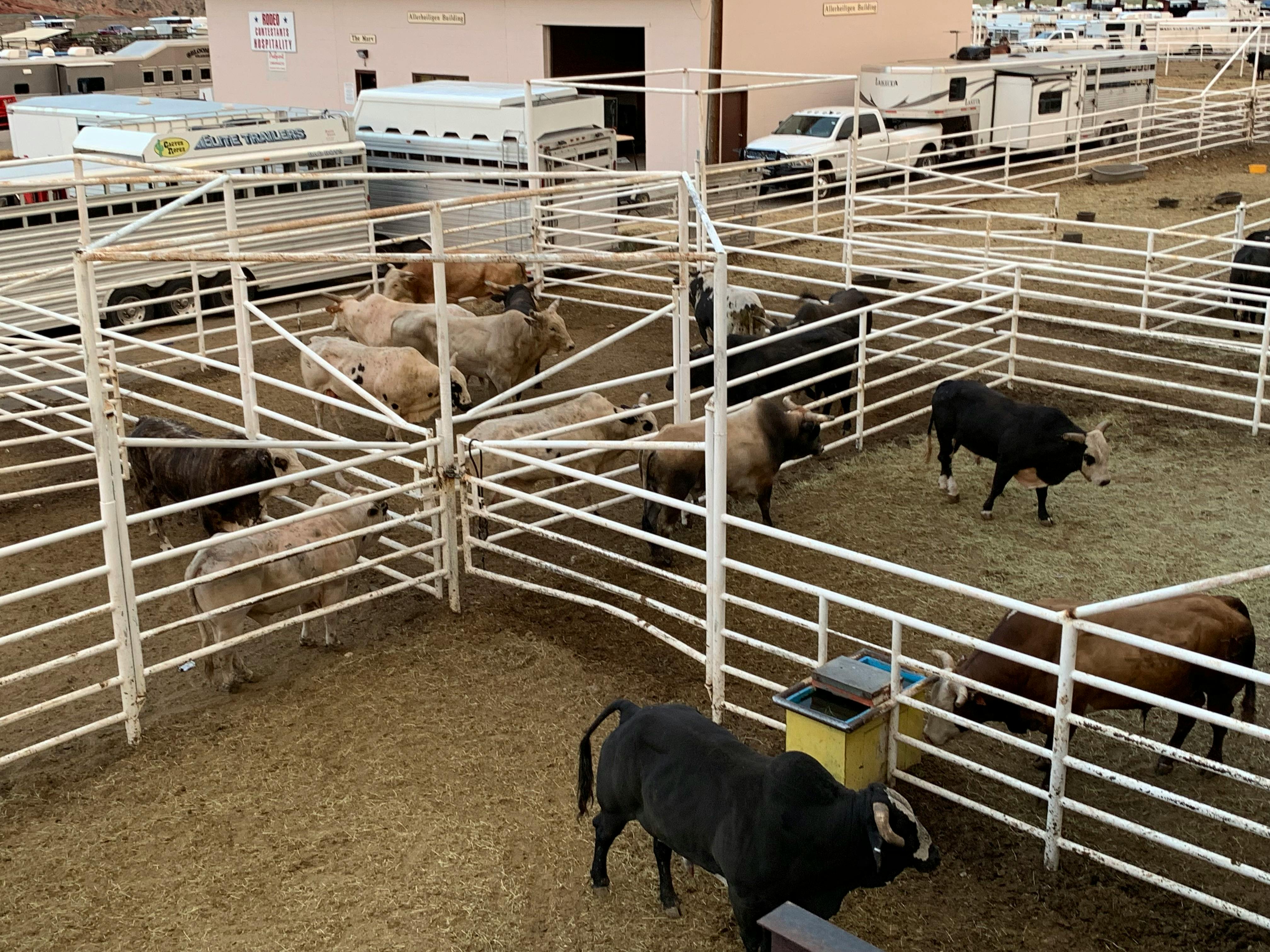
The question of the traceability of leather
For the moment, there is no external organization that can certify the origin of a leather (its geographical area of origin, the breeding conditions, the type of tanning). Most brands buy a shoe from a factory. It doesn't matter where the leather comes from, it's part of the finished product and is just another line in the shoe's manufacturing cost.
Few manufacturers are transparent. It's very, very opaque. For us, it is a real challenge. We are trying to change the mentality of our suppliers on our own small scale. By asking questions, digging around, asking about the origin, the subject becomes concrete and empowering. We have set up a supplier follow-up for each collection. But we have to fight to have it filled in.
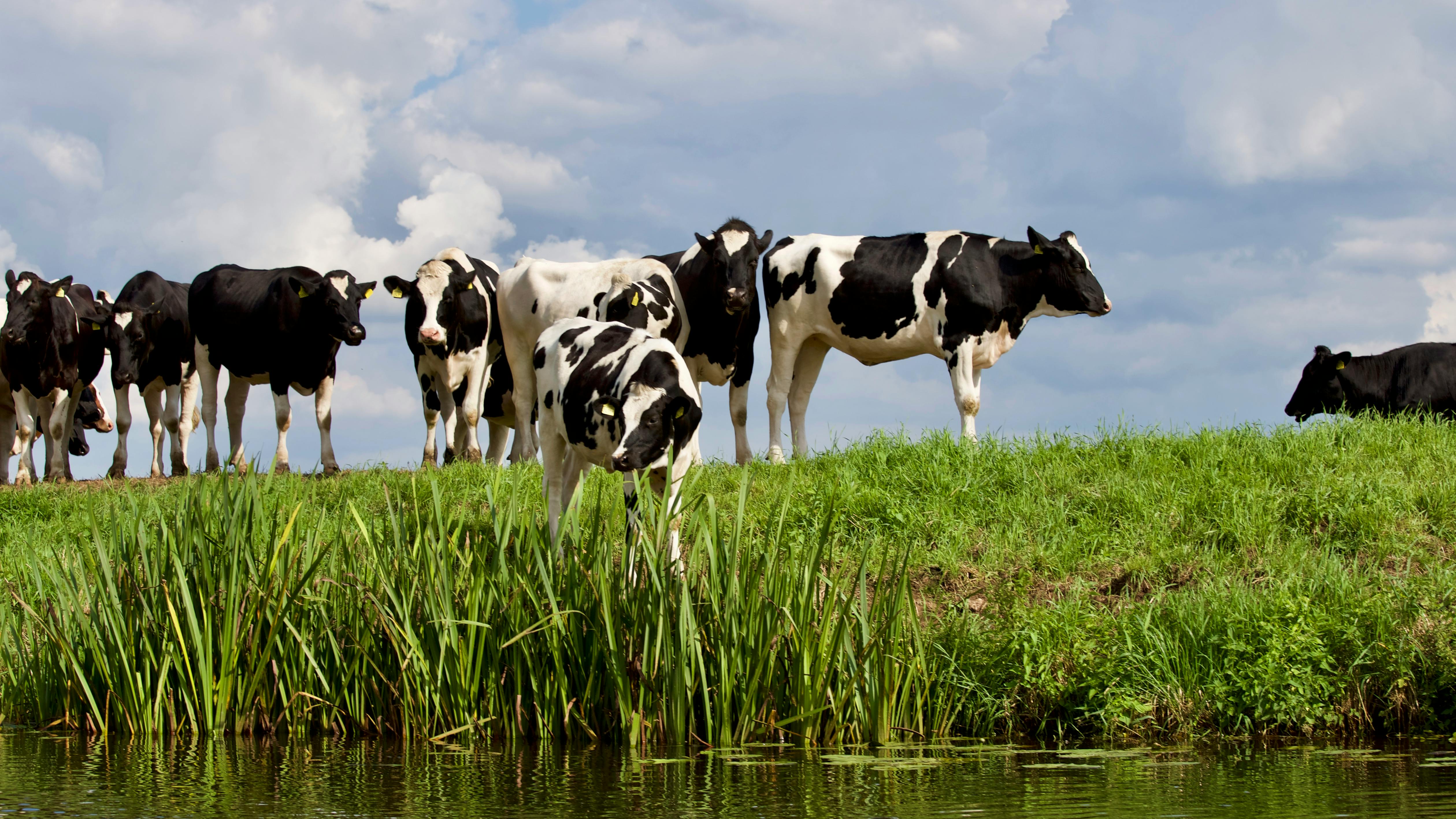
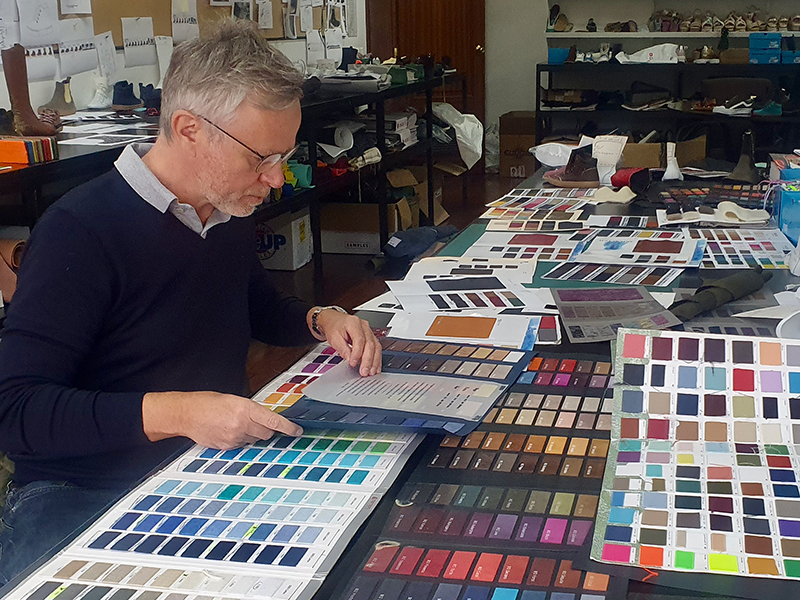
Therefore, in the absence of perfect traceability, we have decided since the beginning of the brand to supply ourselves exclusively with European bovine producers and to permanently control this origin. This is at least a first filter. Moreover, buying our leathers from traditional tanneries in Spain, Portugal and Italy is also a guarantee of supplying European animals in the vicinity.
Does leather pollute more than other materials in children's shoes?
There are 3 possible sources of pollution: water consumption, greenhouse gases and pollution linked to tanning.
Water consumption
Cattle breeding is very greedy in water, it is a certainty. Certainly, much less than others such as rice, pork, sheep, or almonds, but more than soy, milk or corn.

When we investigated the subject, we quickly realized that the main problem behind this observation was the question of the potential depletion of the resource. More than 90% of the water consumed by European cattle is so-called "green" water, i.e. rainwater that would have fallen on the field anyway, cow or not. The problem is therefore once again geographical. Countries with high water stress, such as India or Brazil, draw much more from so-called "blue" water, i.e. from groundwater, than European countries with a temperate climate. However, our European cattle industry is concentrated in the north of Europe: see the map (source consoglobe.com) and therefore with a climate where it often rains.
The European agriculture is therefore much less water consuming than others as shown on this very telling map from the FAO:

Greenhouse gases

Livestock farming is also responsible for an important part of greenhouse gases because of the gases emitted by the cows and the cereals they consume, which themselves generate a lot of greenhouse gases. But here again, European cows pollute much less than their South American and Asian neighbors according to the FAO's GLEAM. This is due to our temperate pastures, to 0 deforestation, to healthy animals and to a locally produced feed.
When it comes to greenhouse gases, the lifespan of a leather shoe is also an element to consider in the energy balance, especially when compared to other textile materials. When you know that there are 24 collections per year in fast fashion stores and that shoes can be sold for 25 CHF a pair, you can legitimately think that a leather shoe, which can be maintained, will last longer. We prove it with TEXAID which likes our models because they are more easily recycled for a 2nd life which avoids a new production, so less greenhouse gases.

The question of leather tanning

Finally, the tanning of leather. Transforming an animal skin into leather goes through a long process called "tanning". The most used method is the mineral tanning with chromium salts. This is the process used by Benjie. Starting with the Winter 2021 collection, we will be using chrome-free tanning for our inner leather.
There are two possible problems with chrome. Its migration by oxidation into Chrome VI can cause allergies, skin reactions... Fortunately, for a leather product to be marketed in Europe, the leather must be Chrome VI free. Chromium VI appears in tanneries that make cheap leather. To keep prices down, they do not respect the drying and soaking times. Chromium VI appears during this poorly controlled process.
The other serious problem is on the production side. If not treated, the chromium residues used pollute the direct environment of the tanneries and poison the workers and local populations. Here again, thanks to the European directive n°2000/60/CE, a tannery must protect its employees and treat its polluted water. But what about in the leather production areas without protective regulations (in Morocco, Tunisia, Brazil but especially in Bangladesh and India). Just imagine a tannery releasing chromium residues into a river...
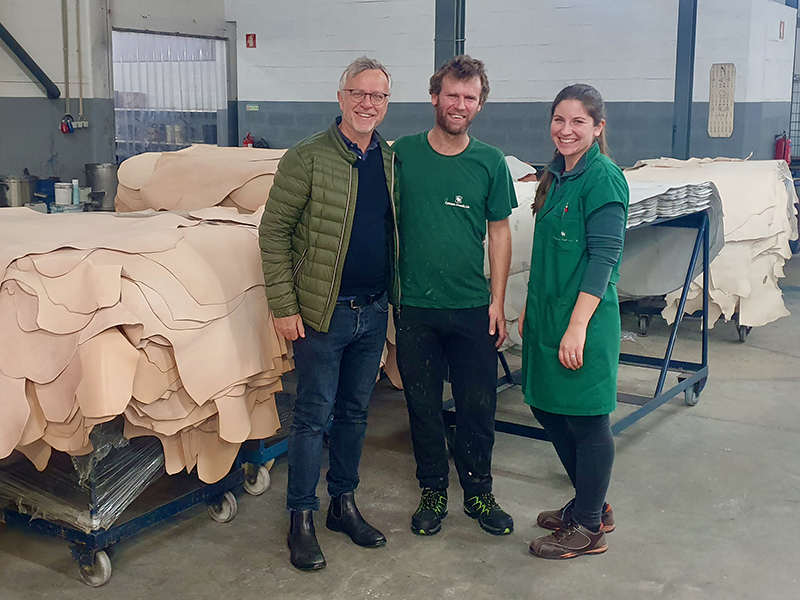
All these reasons lead us since the beginning to buy our leather only from traditional Portuguese, Spanish or Italian tanneries.
What are the alternatives to leather?
What can replace leather? There are 2 alternatives today: either fake leather ("plastic" leather) or so-called vegetable leathers (based on apple or pineapple for example). We have discarded the first ones from the start: 100% petroleum-based, they cancel out all the beneficial effects of natural leather: breathability, suppleness, strength...
Vegetable leather: the devil is in the details
Vegetable leather has a seductive side at first glance. It avoids all the consequences linked to the use of an animal resource.
But... on closer inspection, the philosophy of the product is not so virtuous... Indeed, in order to imitate (but not achieve) the natural functions of leather, vegetable leather requires a chemical process. We coat their textile base with a polyurethane resin. So certainly, the textile base of vegetable leathers is great because it comes from waste. But, it remains then of the petrochemistry and that constitutes almost 50% of the compounds of the matter. To understand, the pineapple puree does not float in the air. It is necessary to fix it on a support and that it is the resin of polyurethane which allows it. So, plastic, therefore oil.
Low-tech versus High tech
Finally, there are two opposing philosophies. On the one hand, the high-tech world of scientific research, at work to find substitute resins banishing plastic. On the other, the low-tech world of tanners, a trade based on an ancestral technique.
These new materials tempt us... However, for the moment the reliability, the price and especially the resistance (key factor in a shoe for children) are not there. Moreover, all this remains rather opaque. We are talking about big laboratories that own non-duplicable technologies. The finished material that we will use is thus beyond our control.
We are therefore far from a human-sized structure that is a tannery in Portugal and which practices a technique shared and known by all for centuries.
Our test in pineapple leather


We tested a Benjie in pineapple leather in the fall of 2019. We wanted to see how the material performed in real-world conditions.
For now, we remain on our reservations for two reasons.
The resistance is still fair. We realize once again that with children, the constraint of resistance is more complex than with adults... This leather has been seen on women's bags of luxury brands. But, used on the whole surface of a children's shoe, the resistance to abrasion in particular proved to be very problematic. The shoe looked worn to the bone after a week. And no maintenance possible with shoe polish for example.
In addition, and following the same logic as described above, it is necessary to set up a traceability which does not exist today. What is the supply chain? Where do these pineapples come from? How are they grown and by whom? Is there a risk of overexploitation? Because the material is not made at the farmer's or in the tannery, it comes from a lab. So it is a finished product.
So work in progress!
Conclusion...
So, if we summarize our path towards leather, we can say the following things:
- In our opinion, leather is still the most efficient material for a child's shoe and no other artificial material can copy its natural properties and resistance.
- It is impossible to guarantee a breeding without animal suffering, but we think that in the short term, favoring the development of small farms at the expense of intensive breeding is the best strategy. We also think that buying European leather, where the press and animal rights associations can work freely, are the complements of a regulation in this matter, while waiting for a more official traceability.
- It is our responsibility to involve our suppliers, to make them aware and to push them to clarify their supply chain.
- Livestock farming consumes a lot of water and contributes to greenhouse gases, but much less in Europe. This effect is further mitigated by the durability of leather compared to textiles.
- Finally, all other materials depend on petrochemicals because they need polyurethane, even vegetable leathers. The latter are also based on a high-tech model that seems to us to be less beneficial to the community than the traditional European low-tech model of tanning, which favors a more local and human-sized economy
Conclusion: yes to traced leather, of European origin only, while keeping a wide open eye on future vegetable developments that we hope will be more resistant, less high-tech and not dependent on petrochemistry!
